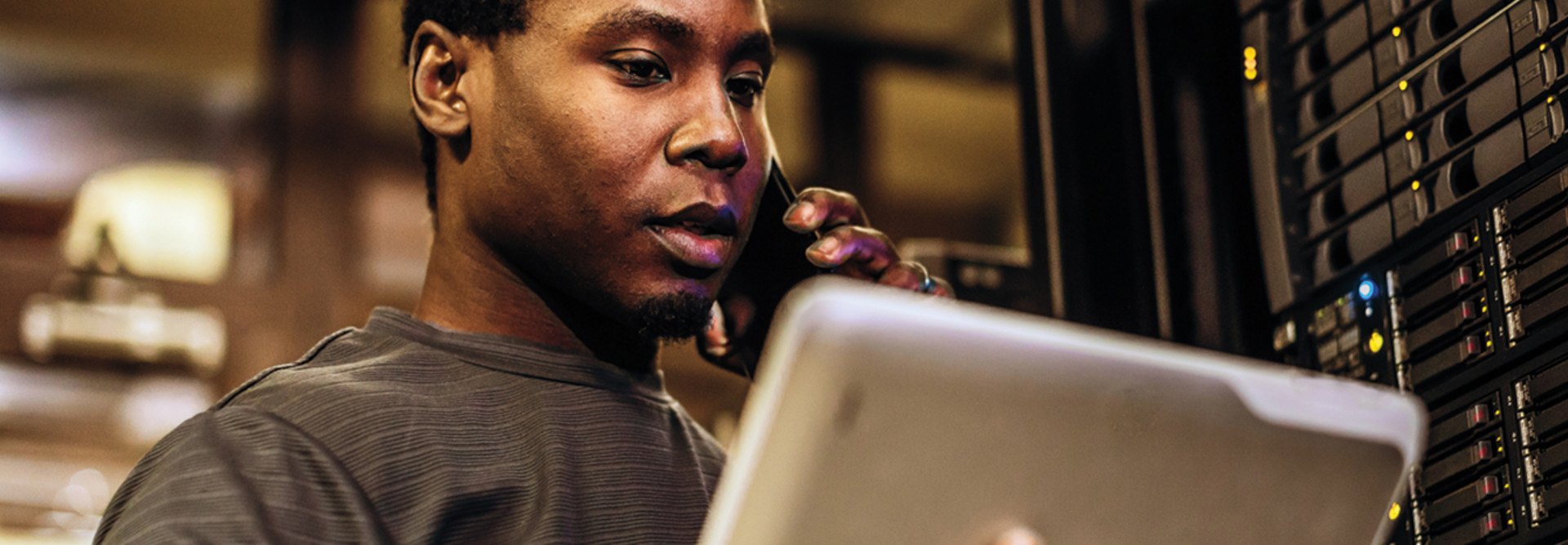A growing number of K–12 schools that have recently suffered damaging ransomware attacks have had to cancel classes. This is not a problem that’s going to disappear anytime soon: SonicWall's 2023 Cyber Threat Report found that ransomware attacks against K–12 schools in 2022 were up an alarming 827 percent over 2021.
One reason that K–12 institutions are vulnerable is their increased digital footprint due to wider adoption of technology, such as cloud-based systems and tools to support remote and hybrid learning. There’s been a major surge in third-party risk from applications used in schools, resulting in successful attacks. Phishing attacks also are increasing and usually involve attackers eliciting payment or network access through targeted emails.
These threats put students and staff at risk, and they are costly and time-consuming to combat. K–12 institutions are most vulnerable at the start and end of the school year, due to a flurry of activity that results in staff being more susceptible to cyberattacks. Teachers, administrators and other network users are less likely to carefully vet emails or monitor threats during these hectic weeks.
Targeting schools during busy times of year is one example of the ways attackers have become more sophisticated. These threat actors now often automate their attacks and have transformed cyberthreats against K–12 schools into a profitable business model.
Standing Up Cybersecurity Protections for K–12 Schools
This major wave of cyberattacks against K–12 organizations has gained the attention of the federal government, leading to new recommendations by the Cybersecurity and Infrastructure Security Agency in the wake of the K–12 Cybersecurity Act and the release of the National Cybersecurity Strategy.
Fadi Fadhil, field CTO at Palo Alto Networks, points out that while CISA guidance is extremely valuable, it’s “not a one-size-fits-all approach.”
DISCOVER: Find resources from Palo Alto Networks to secure your school.
“Each school district has its unique environment, requirements and challenges,” he says. “It becomes crucial for schools to collaborate with industry partners to assess their specific needs and develop tailored security strategies that directly address their unique makeup and priorities.”
Fighting Back with an Essential Toolkit and All-in-One Platform
As threats constantly evolve, the traditional cybersecurity approach in K–12 districts is no longer enough. Fadhil advises schools to consider several key factors that can help safeguard schools from cyberthreats.
Next-Generation Firewalls
Next-generation firewalls should be complemented by advanced DNS and URL protection. These capabilities offer essential defense against malicious actors, including phishing attacks, harmful content and scam websites.
Secure Access Service Edge
Students and educators, no matter where they are, need simple, effective and secure
connections to apps, data and their school communities. A cloud-delivered security strategy, Secure Access Service Edge enables schools to extend protection measures to any location without redirecting all traffic back to the data center, ensuring comprehensive security while preserving the integrity of sensitive data.
Incident Response Planning
Addressing the human element is equally vital in the quest for robust cybersecurity. Incident response services must be included in overall cybersecurity planning. This ensures that every stakeholder will be ready in the event of an incident.
Automation
Palo Alto Networks offers a platform that automates daily cybersecurity tasks, using artificial intelligence and machine learning to proactively eliminate threats before they become breaches and helping schools streamline their cybersecurity operations to enhance overall protection. At this point, automation to operate at machine scale is a must for schools to effectively combat cyberthreats. This is also key to addressing workforce and resource challenges.
Click the banner below to learn how to increase your ransomware recovery capability.
Addressing Existing Cybersecurity Hurdles in K–12 Schools
Even with these cybersecurity tools and strategies available, budget and manpower remain two of the biggest hurdles in K–12 IT departments today. Schools must overcome insufficient cybersecurity funding and the challenge of attracting and retaining cybersecurity talent. If they don’t, cyberattacks may cause financial losses as well as reputational damage.
“Trust is the currency schools rely on, and a breach can have long-lasting repercussions,” Fadhil says. “Investing in cybersecurity has become a paramount consideration for schools rather than an optional decision.”
One solution addresses issues of affordability and manpower: A comprehensive cybersecurity platform that consolidates the school’s tools and capabilities and minimizes the need for multiple individual solutions.
“Schools can adopt a holistic approach to cyberdefense by leveraging an integrated platform. This approach also enables automation of various cybersecurity operations such as threat hunting and response, leading to actionable security against automated attacks while addressing the workforce shortage,” Fadhil says.
The use of an integrated cybersecurity platform also allows schools to activate different functionalities (and pay for them) only when necessary. By avoiding purchasing new tools every time a change is required, schools can reduce costs and simplify the daily operation of their cybersecurity infrastructure, Fadhil says.
UP NEXT: Learn why schools need internal and external partnerships for cybersecurity.
Brought to you by:













